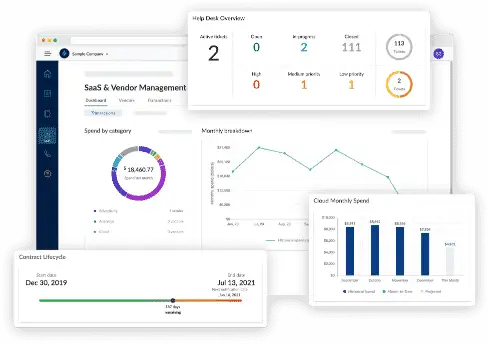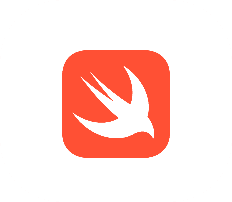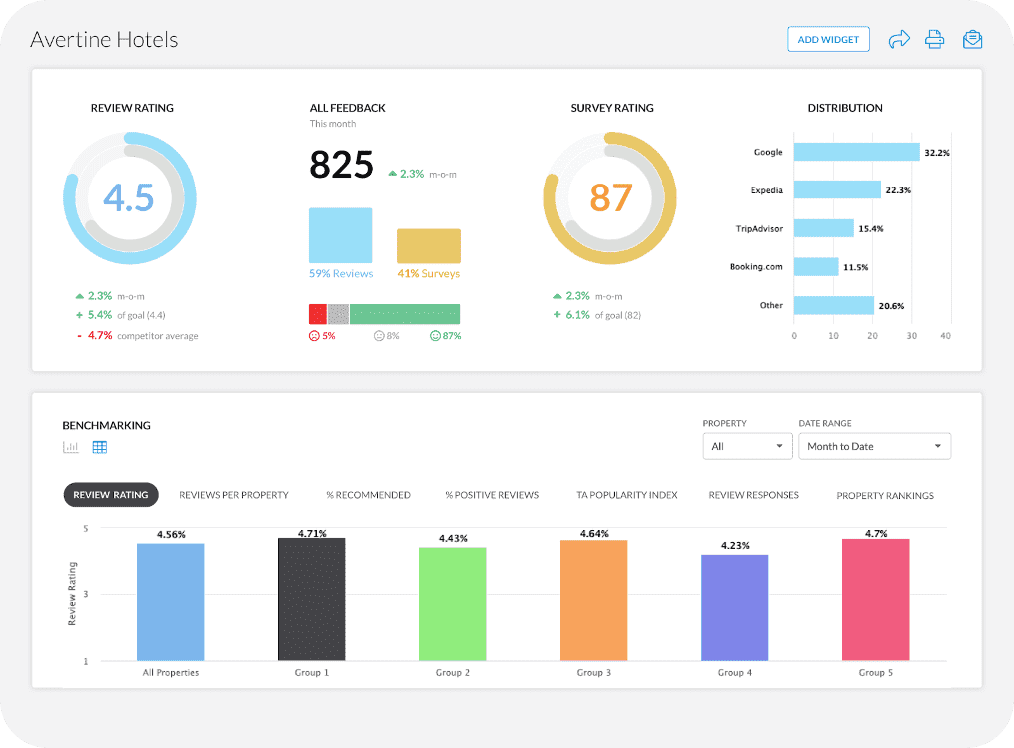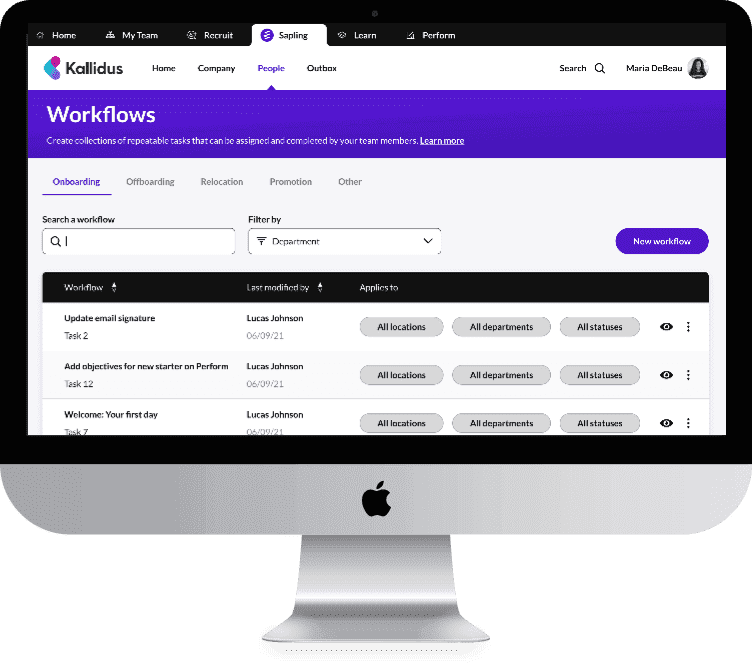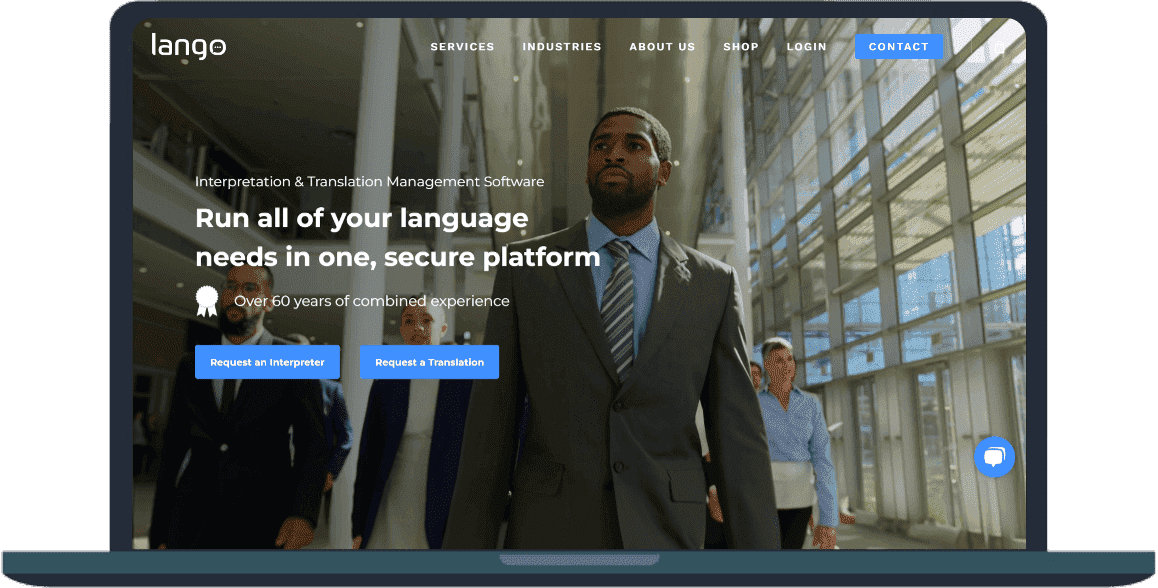In a survey, 45% of companies stated that recruiting in the tech sector had gotten more competitive. This is also due to the transition to digital technology. Moreover, this has caused businesses to hire developers in a variety of ways.
Consequently, it is not only advantageous but also essential for companies to stay up to date with these developments. Furthermore, developers value advancement just as much as they do compensation. Hence, traditional hiring practices are no longer adequate.
This guide will cover key software recruiting trends and their implications for organizations and recruiters seeking to future proof their personnel strategy.
Top Software Hiring Trends

1. Remote and Hybrid Hiring Models
The shift toward remote and hybrid work models has transformed the software industry. Remote work has become a permanent fixture of modern tech workplaces. Hence, it’s not an optional perk to offer remote flexibility; it’s a fundamental expectation among software professionals.
Moreover, remote and hybrid models have become the default in many organizations, especially in the software industry, where physical presence is rarely necessary for productivity. A software developer in Los Angeles may now be easily hired by a New York-based corporation. Because of this expansion in the talent pool, recruiters may now access a wider range of expertise and talents.
Additionally, hybrid models are becoming increasingly popular among businesses that wish to maintain some physical interaction while yet providing flexibility.
If you want to learn more about hiring remote developers, you can read the following guide:
A Step-by-Step Guide to Hiring Remote Developers in 2025
Benefits of Remote and Hybrid Models
For companies, the advantages of remote and hybrid hiring are substantial. First, these models provide access to global talent. This enables companies to recruit for specialized roles without being restricted by location. Moreover, remote hiring often leads to cost savings. As a result, businesses may lower their office space costs.
Businesses can raise compensation without compromising the caliber of workers by hiring from regions with a lower cost of living. Additionally, from the perspective of the employee, working remotely enhances work life balance. Higher retention rates are a result of all of this.
Challenges in Remote and Hybrid Models
Even with all of its benefits, remote and hybrid work sometimes makes hiring more difficult. Companies are now required to evaluate a candidate’s independence. They ought to have asynchronous communication capabilities as well. Additionally, soft skills like time management and written communication are becoming equally as crucial as technological know how. Furthermore, Slack and other remote communication tools are becoming essential to modern organizations’ functioning.
2. Emphasis on Skills
Skills based hiring is now becoming the new norm. Now, it’s critical that what a candidate can do matters far more than where they studied or how many years of experience they have on paper. This is not the case anymore.
Many startups are now moving away from degrees and are hiring based on skills. Furthermore, even at reputable companies like Google, a lot of job postings no longer require a degree.
Employers are therefore more drawn to questions that highlight technical proficiency. Technical interviews also often involve practical exams, including coding sessions, that simulate the work developers really do on the job.
Additionally, a portfolio of completed work and recent additions to GitHub may be more reliable than a résumé that just highlights academic accomplishments. Consequently, emphasizing practical skills helps companies make more informed employment selections.
Certifications
With the rise of online learning platforms, developers now have more ways than ever to gain targeted knowledge. Moreover, these platforms offer certification in everything from cloud computing to AI and cybersecurity. Moreover, these skill specific programs are proving valuable to employers.
Therefore, employers need to modify their hiring practices to reflect the reality of the modern software business. It entails giving bright applicants who might not have formal experience but have great potential access to mentorship opportunities and robust onboarding programs.
3. Demand for Emerging Tech Roles

As businesses become more dependent on digital systems, there is a greater demand for software specialists who understand and can grow within certain technological ecosystems. Furthermore, AI and machine learning are currently used in everything from customer care bots to predictive analytics tools. Smart contracts are also being implemented using blockchain technology.
As a result, companies are now seeking specialist workers rather than generic software developers, such as data scientists and AI engineers.
High Demand Niche Skills
Some of the most in demand specializations include AI and ML engineering. Moreover, it includes cloud infrastructure and Web3 development. For instance, companies adopting microservices and containerization now require Kubernetes specialists and cloud native developers. Meanwhile, organizations managing sensitive data in regulated industries urgently need cybersecurity professionals with deep knowledge of threat detection and secure coding practices. Moreover, the need for professionals who understand natural language processing and large language models is also increasing as generative AI applications become mainstream.
Talent Shortage Challenge
There is, however, a challenge that persists. It lies in the supply not keeping up with demand. Moreover, these fields are relatively new. Hence, there are a few developers who possess the experience or training to jump in immediately. Even seasoned developers often need time to upskill in these areas. Hence, this creates a bottleneck that companies must navigate carefully. Also, traditional recruiting strategies fall short when targeting such highly specialized professionals.
Therefore, companies must recognize that computing for niche tech talent means offering more than just a good salary. For example, the average salary for an AI developer in the USA is $129,348/year. Also, companies have to create a developer friendly environment with modern tools and clear technical leadership. Companies can also think about investing in the training of high potential applicants who possess solid basic capabilities. Creating mentoring programs and internal learning routes is frequently a more long term approach.
If you want to learn more about the best paying software engineering jobs, you can read the following article:
Best Paying Software Engineering Jobs in 2025
4. Candidate Experience is Important
Skilled software developers are high in demand. Many are selective about the companies they consider, and they judge organizations based on their interview and recruitment experience. A confusing interview process or a lack of transparency can quickly drive candidates away.
Hence, a positive candidate experience is important. Developers want to know what to expect, including how many interview rounds there will be and what kind of exams will be used.
Furthermore, speed is also another important factor. Extended intervals between interview phases or comments may indicate internal disarray. This can cause leading top candidates to accept offers elsewhere. However, companies that provide quick and constructive feedback leave a far better impression than those that go silent.
Also, candidate experience is a direct reflection of company culture. So, if the hiring process feels disorganized candidates can assume the workplace operates the same way. Conversely, a thoughtful and respectful process suggests that the company values its people. Offer acceptance rates are greatly impacted by this notion.
As a result, businesses may increase productivity without compromising customization by utilizing automated interview scheduling tools and applicant tracking platforms. Additionally, tools that provide real time status updates or feedback requests help keep candidates informed and engaged.
5. AI in Tech Recruitment
AI is now being used at every stage of the tech hiring process. Artificial intelligence algorithms search through enormous datasets to find and rate possible candidates according to their activity and skill set. Machine learning models can evaluate applications and resumes at scale throughout the screening process, finding trends that point to a good fit for a position. Certain methods even forecast a candidate’s chances of accepting an offer or remaining in the position over the long haul. Chatbots are handling initial candidates queries and even scheduling interviews.
Benefits of AI in Tech Recruiting
One of the most obvious benefits of AI in recruitment is efficiency. Thanks to AI screening, recruiters may now analyze hundreds of resumes in a matter of minutes. Furthermore, in the IT industry, where recruiters frequently handle large application pools and must act fast to land the best prospects, this is extremely helpful.
AI lessens unconscious prejudice as well. AI technologies can assist in guaranteeing that candidates are assessed exclusively on the basis of their qualifications by eliminating subjective decision making from the first screening phases. By utilizing AI insights, businesses may increase the accuracy of their predictive recruiting. Based on past data, artificial intelligence algorithms may suggest which candidate profiles have a higher chance of succeeding in specific positions.
Potential Risks of AI in Tech Recruitment
AI presents a number of dangers and problems that businesses must carefully manage, despite the great benefits it presents. The algorithmic bias is another concern. Furthermore, the caliber of the training data affects how objective AI systems are. If historical AI systems may unintentionally exacerbate inequality.
Another limitation is the loss of human judgment. Strong applicants who don’t fit strict patterns may be missed by automated algorithms. A lack of human connection and lost chances can result from an over reliance on algorithms, which is particularly problematic when recruiting collaborative workers like software developers.
Hence, companies should AI to augment human recruiters and should not replace them. While machines can handle repetitive tasks, human professionals are essential for evaluting cultural fit and providing nuanced judgement.
6. Freelance Tech Talent
Another emerging trend is that of hiring software developers on a freelance basis. For some developers, the appeal lies in greater autonomy and location independence. However, for others, it’s the opportunity to work on a variety of interesting projects.
Benefits of Hiring Freelance Tech Talent
Hiring freelance developers offers businesses several strategic advantages. First is speed. Freelancers can frequently be brought on board swiftly to cover short-term voids in development teams or to satisfy urgent project demands. As a result, this is particularly helpful for agencies handling varying workloads or companies developing MVPs.
Unlike full time employees, freelancers don’t require long term benefits. So, companies can pay only for the hours or deliverables they need, thus optimizing their development budgets. This is particularly valuable in times of economic uncertainty when project scope change frequently.
Moreover, freelancers often bring specialized skills that cannot be be readily available within an internal team. Hence, this approach allows organizations to stay technologically competitive without long term commitment.
Challenges With Hiring Freelance Developers
The biggest challenge with hiring freelancers is consistency and alignment. As freelancers may be working for multiple clients or working in different time zones. This can affect availability and team cohesion. Businesses must be transparent about their expectations for deliverables and availability.
Compliance related risks are another problem. Ignoring independent contractors or violating labor laws might lead to legal issues.
Therefore, companies should concentrate on creating adaptable frameworks if they want to include freelancers into their operations. This entails creating internal procedures for integrating temporary employees into the larger development pipeline and onboarding them.
7. Global Competition and Compensation Pressures

One of the most profound changes in recent years has been the removal of geographic boundaries in hiring. Due to cloud collaboration tools and asynchronous workflows, companies can now hire developers from virtually anywhere.
However, with demand soaring and supply still limited in many technical specialities, compensation expectations for top developers. For example, blockchain developers have an average salary of around $111,845/year.
Moreover, it’s not just base salaries that are being redefined, benefits packages and equity structures are also changing. Developers working remotely expect perks such as flexible work hours and learning stipends. In some cases, remote employees expect parity with onsite workers in terms of bonuses and performance incentives.
Hence, companies should build a compelling employer brand and offer career growth opportunities. As a result, this can promote a robust engineering culture. In order to keep top talent, businesses should also provide remote working options.
Final Words
Hence, the software hiring trends are defined by remote flexibility and a skills first evaluation. It also includes niche expertise and global competition. Employers must thus adopt new trends and give the applicant experience top priority if they want to draw in and keep top talent. In order to guarantee agility and long term success in a dynamic digital environment, they need also strike a balance between AI efficiency and human control.






